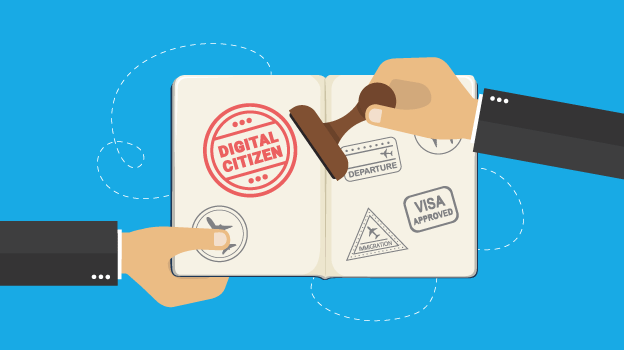
4 Steps towards digital wellness for students
Digital wellness is a capacity to look after our health and safety online, and to act responsibly in digital environments. Due to the extent of technology use in students’ lives, educators, parents, or policy makers need better understand how they interact with technology. Teachers that want to implement a digital wellness initiative can start doing so in their classroom, with the end goal of inspiring a healthier relationship with technology that will serve them for a lifetime, not just during school hours.
Here are the four main steps to focus on:
-
Learning about technology at home
As students learn by example, teachers know how important it is for them to have a balanced tech routine at home. Educators can share a guide for parents on setting boundaries, setting an example, or how to use parental controls on devices. Communicate these things directly if you are using an LMS that has parent accounts, or make use of parent-teacher meetings and emails.
-
Assuming responsibility
Cyber responsibility means being accountable for your online habits. Get to know how your students interact with technology in general. You might be surprised to see how many of them don’t understand the impact screen time has — after all, this is part of their normal, day to day life. Students need to learn when it is appropriate to use them, both in class and at home.
-
Good online behavior
Good behavior should extend to the virtual world as well. It is an essential aspect of digital citizenship. Teach them to understand online etiquette, be aware of their digital footprint (e.g everything you do stays online forever), and how to post only appropriate content. For example, if you have an online forum for discussing class topics, and students start leaving offtopic comments, it is a great opportunity to talk about online rules and why they are important.
-
Staying safe online
Needless to say, online safety is a major concern for everyone. Ideally, younger children would be supervised by an adult at all times. However, preteens and teens are sometimes not aware of the risks or what constitutes unsafe behavior. Tell them at least the basics, such as the risk of browsing malicious sites, falling for online scams and frauds, giving out personal information and not being aware of how their data is tracked.
Visit our Blog for insightful posts on edtech for K-12 and Higher Ed.







